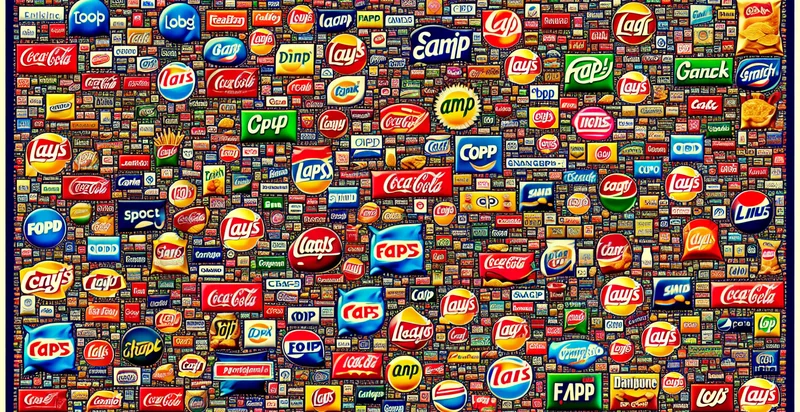Identify tennis brands by logo
using AI
Below is a free classifier to identify tennis brands by logo. Just upload your image, and our AI will predict which tennis brand the logo belongs to - in just seconds.

Contact us for API access
Or, use Nyckel to build highly-accurate custom classifiers in just minutes. No PhD required.
Get started
import nyckel
credentials = nyckel.Credentials("YOUR_CLIENT_ID", "YOUR_CLIENT_SECRET")
nyckel.invoke("tennis-brands-by-logo", "your_image_url", credentials)
fetch('https://www.nyckel.com/v1/functions/tennis-brands-by-logo/invoke', {
method: 'POST',
headers: {
'Authorization': 'Bearer ' + 'YOUR_BEARER_TOKEN',
'Content-Type': 'application/json',
},
body: JSON.stringify(
{"data": "your_image_url"}
)
})
.then(response => response.json())
.then(data => console.log(data));
curl -X POST \
-H "Content-Type: application/json" \
-H "Authorization: Bearer YOUR_BEARER_TOKEN" \
-d '{"data": "your_image_url"}' \
https://www.nyckel.com/v1/functions/tennis-brands-by-logo/invoke
How this classifier works
To start, upload your image. Our AI tool will then predict which tennis brand the logo belongs to.
This pretrained image model uses a Nyckel-created dataset and has 20 labels, including Adidas, Asics, Babolat, Dunlop, Fila, Gamma, Head, Head Tennis, Kestrat and Lottus.
We'll also show a confidence score (the higher the number, the more confident the AI model is around which tennis brand the logo belongs to).
Whether you're just curious or building tennis brands by logo detection into your application, we hope our classifier proves helpful.
Related Classifiers
Need to identify tennis brands by logo at scale?
Get API or Zapier access to this classifier for free. It's perfect for:
- Brand Compliance Monitoring: This use case involves monitoring the use of tennis brand logos across various merchandising channels. By identifying unauthorized use of logos, companies can maintain brand integrity and take appropriate legal action against counterfeit products.
- Retail Inventory Management: Retailers can use the logo identification function to ensure that only genuine products from licensed tennis brands are stocked. This ensures product quality and enhances customer trust, ultimately leading to improved sales.
- Social Media Brand Analysis: Marketing teams can leverage the logo identification function on social media platforms to analyze brand visibility and engagement. By understanding how often their logos appear in user-generated content, brands can adjust their marketing strategies accordingly.
- Sponsorship Effectiveness Assessment: Sports organizations can use logo identification to assess the effectiveness of their sponsorship deals with tennis brands. By analyzing the frequency and context of logo visibility during matches, they can provide insights to sponsors about their return on investment.
- Consumer Sentiment Analysis: Brands can employ the logo identification function to analyze consumer sentiments based on the context in which their logos are displayed. Understanding the emotions associated with their logos can provide valuable feedback for brand positioning and marketing strategies.
- Fraud Detection in Online Sales: E-commerce platforms can integrate logo identification technology to detect counterfeit products being sold under the guise of authentic logos. This functionality can help protect consumers and maintain the reputations of legitimate brands.
- Event Marketing Optimization: Event organizers can utilize the logo identification function to evaluate the effectiveness of brand placements during tennis tournaments. By analyzing the visibility and interactions with logos, organizers can enhance future marketing efforts and better tailor sponsorship packages.


